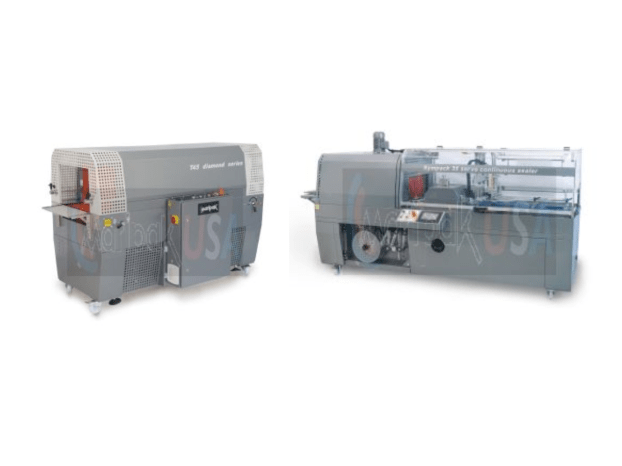Packaging lines are only as strong as their weakest link. For many manufacturers, the efficiency of that final stage, where products are sealed, secured, and prepped for distribution, is critical. That’s where the choice of heat tunnel design becomes a major factor in overall productivity.
Among the various packaging technologies available, the shrink film heat tunnel plays a central role in delivering a clean, professional finish that’s both tamper-resistant and visually appealing. But not all heat tunnels are built the same. Selecting the right type of tunnel for your product, packaging material, and operational pace can significantly impact the quality of your output, energy consumption, and long-term return on investment (ROI).
Understanding Shrink Film Heat Tunnels
Before diving into the types, let’s clarify what a shrink film heat tunnel does.
A shrink tunnel is a heated chamber placed after the sealing station in a packaging line. After a product is enclosed in shrink film (usually polyethylene, polyolefin, or PVC), it passes through the tunnel where hot air circulates to shrink the film around the product uniformly. The result? A tamper-proof, snugly wrapped package that improves product stability and visual appeal.
Types of Shrink Film Heat Tunnel Designs
Different packaging lines demand different levels of heat intensity, airflow, tunnel size, and conveyor systems. Here are the main types of designs and their ideal applications:
Infrared Shrink Tunnels
Best For: Uniform, flat products like magazines, DVD cases, or printed materials.
Infrared tunnels use radiant heat emitted from quartz or ceramic elements to shrink the film. These are ideal when gentle, even heating is required and contactless airflow is preferable. They offer precision, lower energy consumption, and compact sizing, making them perfect for facilities with space constraints or lower-volume needs.
Forced Air Convection Tunnels
Best For: General-purpose applications with diverse product sizes.
The most common tunnel type, forced air tunnels rely on electric heating elements combined with fans that circulate hot air around the product. This design creates even film shrinkage for packages of varied shapes and sizes. These tunnels are incredibly versatile and scalable, making them the go-to choice for many mid-sized manufacturers.
Steam Shrink Tunnels
Best For: Food, beverage, and cosmetic products with complex contours or sensitive materials.
Steam tunnels use high-temperature moisture rather than dry heat. They’re gentle on labels, bottles, and containers that could be warped by dry heat. This makes them popular in industries where labeling accuracy and finish quality are paramount. However, they require additional infrastructure, such as water connections and steam generators.
Radiant-Heat Hybrid Tunnels
Best For: Flexible performance across packaging types.
Combining infrared and convection heat sources, hybrid tunnels offer a balance of targeted and ambient heating. These systems are well-suited for businesses packaging a variety of products and seeking flexibility without switching machines. While pricier upfront, the efficiency gains often justify the investment.
High-Speed Heat Tunnels
Best For: Large-scale operations with continuous throughput.
These tunnels are built for speed and consistency. Featuring rapid temperature recovery, longer chambers, and high-capacity blowers, they keep pace with fast-moving packaging lines. If your workflow includes heat sealer machines upstream operating at high speed, this tunnel type ensures synchronization without bottlenecks.
Custom or Modular Shrink Tunnels
Best For: Unique product shapes, limited spaces, or industry-specific requirements.
Some operations can’t rely on off-the-shelf solutions. Modular designs offer customizable features like adjustable heat zones, conveyor speeds, tunnel lengths, and airflow patterns. They’re often used in industries such as electronics, pharmaceuticals, or contract packaging.
Conclusion
Choosing the right heat tunnel design isn’t just about equipment specs—it’s about aligning technology with your operational goals. Do you need precision or speed? Are your products delicate, irregular, or label-sensitive? Is energy efficiency a priority? Ultimately, the perfect shrink tunnel setup will work in harmony with your upstream and downstream packaging systems, from heat sealer machines to conveyors and case packers. By understanding each tunnel design’s strength, you’re better equipped to select a system that boosts productivity, minimizes rewraps, and elevates your packaging quality.












































